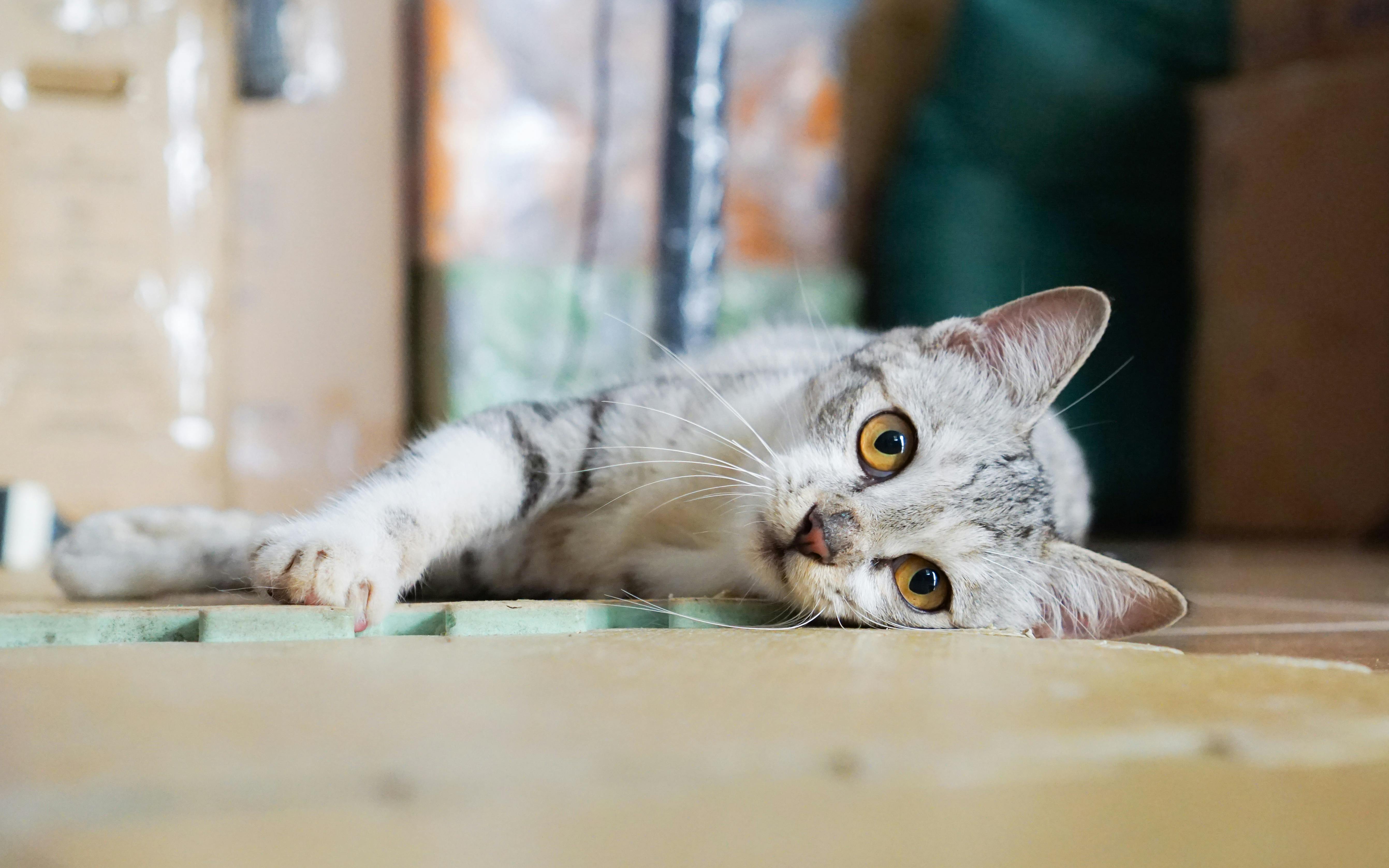Introduction
Man and beast are God’s creation. Paying respect in your way of life is also paying reverence to God. In some cases, man and beast unexpectedly come into contact and survival instincts kick in. What would you do if by chance this scenario happened to you?
A creature in the emergency room
It was around 10:00 in the morning in the Emergency Room (ER) of the RIPAS Hospital, when an adult male patient entered restlessly with a snake coiled around his left arm and said man holding his head with his right hand. I was given the task of being the charge nurse at the time.
emergency department
The number of patients who came to the Emergency Room that morning was about a hundred, distributed in the Outpatient Section, the day section, the trolley areas, the treatment and suture room, and the resuscitation rooms. There were ER doctors, nurses, nursing assistants, and other health care workers present at the time. Specific staff assignments were given for each area, as well as instructions on duties and responsibilities.
a strange visitor
Here comes the patient with a snake in his hands. Initially, this caused a degree of chaos in the ER seeing the patient with great anxiety and restlessness. The situation was subsequently brought under control after the initial interview. Most of the emergency personnel when they saw the patient, avoided approaching him, the instinct to avoid being bitten naturally took over. Two nurses approached the patient from a considerable and safe distance. Following instructions, they took him to the empty resuscitation room. After a quick visualization, it was discovered that the creature coiled around the man’s arm was a rattlesnake, one of the most recognized species of snake and certainly one of the most venomous in the world.
Case History
The patient was sweeping the patio of his house that morning. As he was cleaning a small dark space under the house with a broom, he suddenly felt something wrap around his arm like a tightrope. The patient immediately became restless due to the combination of numbness and fear. When asked if he had been bitten, the patient replied that he did not know because his arm felt numb, but his reflexes were quick, and definitely saved his life, by holding the rattlesnake’s head with his hand. another free hand. Interesting is the fact that the man’s house is near a patch of forest. He was home alone at the time of the incident; the nearest neighboring house was a hundred meters away.
focus method
After taking a complete history from the patient, the ER physician’s first order was to observe the patient. Naturally, vital signs could not be taken due to the delicate and potentially dangerous situation. The patient was markedly pale and weak in appearance. Emergency room staff brainstormed possible ways to remove the snake from the man’s arm. The first method that came to mind for many was to kill the poisonous reptile. Another was suggested by an old passerby who heard about the discussion: he suggested the administration of honey. However, no honey was found in the entire hospital compound. A third suggested way was to give 50% dextrose. Most of the staff agreed with the latter technique. For the first attempt, the staff gave the snake 10 ml of the 50% dextrose solution via a 10 ml syringe; the solution was administered into the reptile’s mouth by drops. After a few minutes, the reptile gradually weakened its grip on the man’s arm and finally fell to the ground.
Staff immediately attended to the patient and placed him in bed for monitoring. The attendant was then instructed to immediately take the snake and place it in a closed basket with holes for examination.
Treatment
The patient was still weak at this time. Vital signs were monitored. He was placed on oxygen support, infused with intravenous fluids. After a complete physical examination, he was given a tetanus injection and an anti-venom injection per the ER doctor’s order. The patient was admitted to the day room for observation. He was discharged a few days later with improvement and in good condition.
What happened to the strange visitor?
After sending the snake to the lab for examination, it was confirmed to be of the venomous variety. However, killing the reptile was not a good option. The reptile was observed for a few hours until it recovered and was eventually released back into its natural habitat. Killing poisonous creatures shouldn’t be reflexive or routine, as all of them, in one way or another, have benefits. In the case of snake venom, subsequent research has shown that it can be a cure for certain diseases. Therefore, preserving life and its ecology is essential to balance biodiversity.


